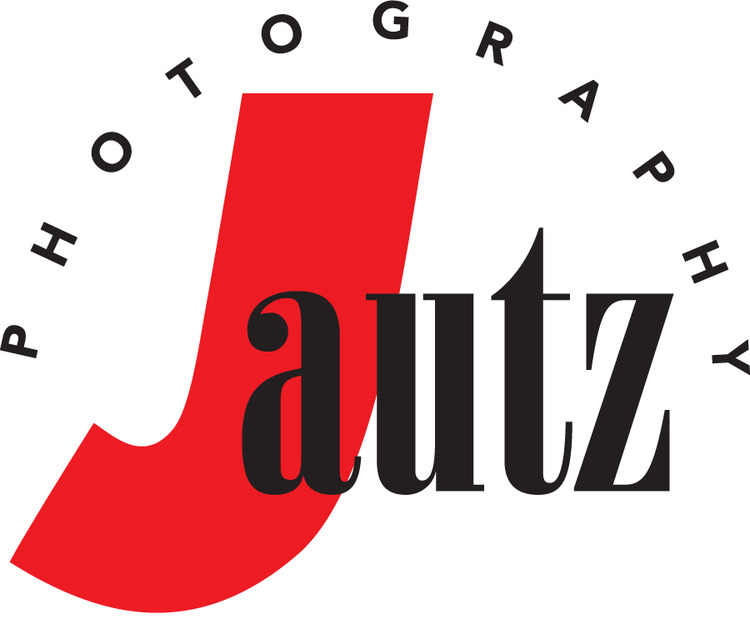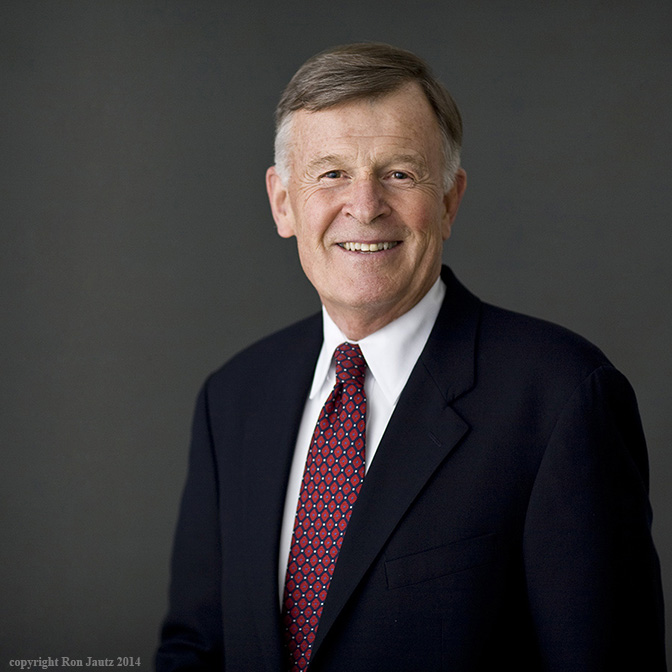One of the most frequently asked questions I get when I teach is how do you photograph people on the street? I'm always surprised by this question because I find it an easy thing to do; but then again, I photograph strangers for a living!
If you're shooting on the sly, just grab your shot and go; no need to interact with the person at all. Whether you use a telephoto lens or a wide angle, there is no need to ask permission. But if you want to shoot a portrait that requires compliance from your subject, you have to talk to them. Most photographers are afraid to put themselves in a risky situation and approaching a stranger on the street is risky--they might say no to your request!
But there is definitely a secret to getting strangers to help you...you just ask! That's right, you ask. Sure, some people will say no, but there will always be another person right behind them. Here's my mantra when shooting random strangers on the street--"Some will, some won't, so what, someone's waiting". Yep, it's that simple; you know some people will help you, others will say no but why care about the "no"s, there is always another person to ask.
I recently started a new project that speaks directly to this dilemma. I call this series "Corner Portraits" because they're shot on the corner near my apartment. I love the light and the background and it's fun to ask random strangers passing by on the sidewalk if they'll help with my project. So far I've shot 40 different portraits and I'd say 3 out of 5 people agree to pose for me, that means I get a good number of "no"s. So what?
For my Corner Portraits series, I shoot one frame on film using my Hasselblad and a 150mm lens, I then shoot 6 or 7 frames with a digital camera so I have immediate access to the images and can send a picture to my subjects. 85mm lens, 1/125 sec at f4.0, ISO 200. You can see all of my Corner Portraits on my website and follow the series on Instagram, @jautzphoto.






















